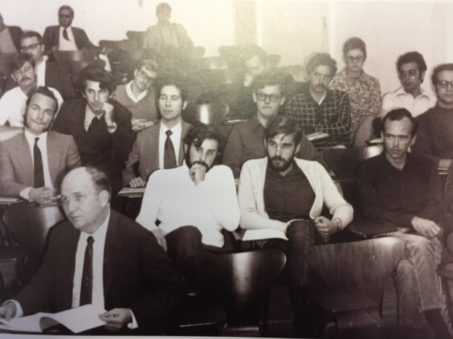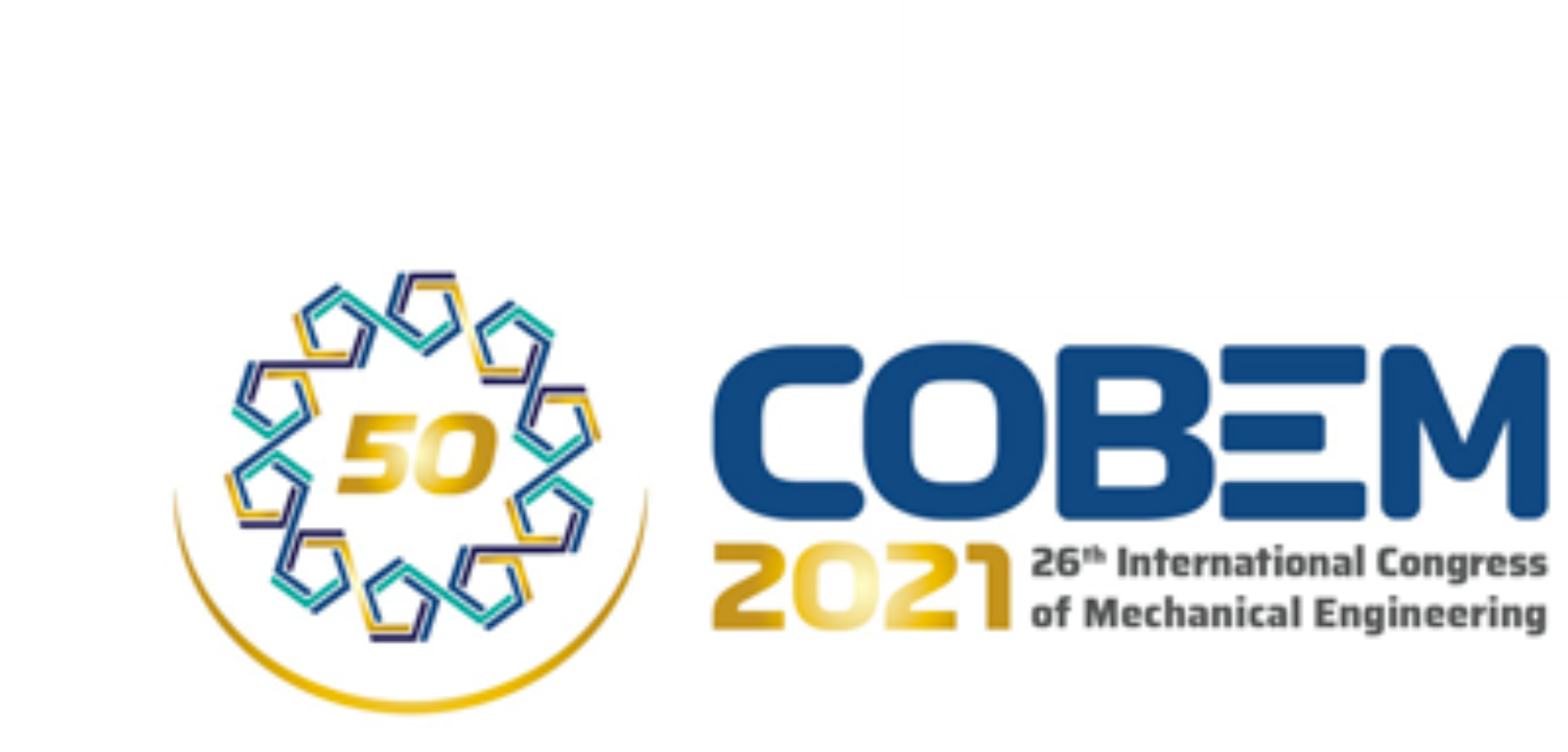A story of beginnings(1)
“A small body of determined spirits fired by an unquenchable faith in their own mission can alter the course of history.”(2) This is the story of such a group of determined spirits and their vision. To tell their story, we need to begin and then follow the advice that the King of Hearts gave to the White Rabbit: “Begin at the beginning, … and go on till you come to the end: then stop.”(3) To set a beginning is a risky business because we may miss all the facts that preceded, and their effects on the outcome. But the beginning is always a choice and we might as well simply follow Aristotle´s reasoning: “A beginning is that which is not a necessary consequent of anything else but after which something else exists or happens as a natural result.”(4) This is a practical clue and states that the beginning may be simply that special moment of nonequilibrium that set everything else in motion. If this is our premise, this is the story of three beginnings. The themes are not the dates and places, but people and their transformative vision.
The first beginning, the one that comes first in time, was a meeting of 10 specialists in their fields gathered to discuss and set the premises for the creation of a graduate program in Mechanical Engineering. The program had to be strongly based on core engineering subjects but also become a bridge to industries’ development and innovation. The year was 1971. The Federal University of Santa Catarina, UFSC, had been created 10 years earlier and the College of Industrial Engineering was only 9 years old. That was right at the peak of the Brazilian’s economic miracle and there was this vision that the nascent industry could benefit strongly from the research and human resources produced in a graduate program. The same vision was shared by the invited participants. They felt the urgency and the challenge of what was being proposed and also that their participation in that meeting was in fact an exchange, whose results would be reaped in the future.
Following the meeting, that took place in Florianópolis, coordinated by Prof. Caspar Erich Stemmer, director of the College of Industrial Engineering at the time, a symposium took place, from June 19th to 21st, 1971. The symposium had 12 presentations and was attended by undergraduate and graduate students alike. The subjects to be discussed were not limited to the industry’s current problems and possible solutions, but also included what was out there at the forefront of engineering. It was named the First National Symposium of Mechanical Engineering. The participants also realized the benefits of working together to increase the exchange of knowledge, to organize and promote joint actions that could affect positively the policy, regulation, financing, quality, and impact of the graduate and undergraduate programs, to increase cooperation with foreign researchers and institutions, and stimulate the new generations to follow in similar footsteps, with the inherent freshness and renewal. Thus was born the first seed of ABCM.(1)

Plenary section in the First National Symposium of Mechanical Engineering, Florianópolis, June 1971. Prof. Caspar E. Stemmer is in the first plane of the photograph.
The second beginning was a true conference; in the molds we would recognize today. It was idealized by a group of professors from the Federal University of Rio de Janeiro, UFRJ, led by Prof. Luiz Bevilacqua. That was 1973. Bevilacqua was one of the invited participants in the first meeting, 2 years before. This second meeting had a format involving the presentation of 70 original works. It was named the Second National Symposium of Mechanical Engineering and First Brazilian Symposium of Mechanical Sciences. The second national symposium gave continuity to the original mission of bringing people together to share their knowledge and visions, but the first Brazilian symposium sought to organize the community and to introduce the students from the newly founded graduate programs to the classic academic tradition(5). In this second meeting, the seed of a Brazilian Association of Mechanical Engineers was finally planted in deep and rich soil.
The third beginning finally fixed the format, the intentions, and the vision. The proceedings of the first Brazilian symposium could not be finished on time for the opening of the meeting in 1973. The organizing committee thought they had failed by not delivering all that was promised. The desire to finalize them did not fade away, but conditions prevented their completion. The second Brazilian symposium came with a promise: to complete the proceedings of the first, while also preparing the proceedings of the second before the congress would start. Both promises were kept. The proceedings of the 1973 and 1975 events were completed and published with the identifications we are familiar with today: Proceedings of COBEM 1973 and COBEM 1975. The brand was born and the model crystallized in the minds of those faculty, graduate students, and practitioners, especially those in companies that began to bet on the concept that efficiency and innovation require deep-rooted knowledge in the fundamentals, skills, and tools of engineering.
ABCM sprouted from those seeds in April of 1975. The intention of having the next COBEM in 1977 was decided in the first ABCM meeting, held as part of the program of the COBEM 1975, also starting a tradition that remains today. We could end our story here. “An end … is that which is inevitably or, as a rule, the natural result of something else but from which nothing else follows…”(4). Therefore, this cannot be the end of the story. The vision that created COBEM remains alive. Our community has matured in many areas, but it is still so young in many others. We still feel the growth pains and the challenges are still around us. The courage and commitment of visionaries, like Stemmer, Bevilacqua and many others, continue to inspire the new generations and point the vector to an interesting and fulfilling future. Each of us may be part of it. Let the future come. Let the story unfold.
Sources:
(1) This short account is based on the texts by Luiz Bevilacqua, Short history of the beginning of the series of the Brazilian Congress of Mechanical Engineering (in Portuguese), and Agamenon Oliveira, The first 40 years of ABCM (in Portuguese), published at ABCM Engineering, vol. 19, no. 1, 2015, pp. 27-33, and pp. 33-43. We deeply thank Prof. Sergio Viçosa Möller for bringing these inspiring accounts to our attention.
(2) Mohandas Karamchand Gandhi, Speech on October 31st, 1938, at Dera Ismail Khan (Harijan, 19-11-1938). In: D. G. Tendulkar, Mahatma, Volume 4 (1934-1938), The Publications Division, Government of India, 1953, pg. 418. Also: The Collected Works of Mahatma Gandhi (Electronic Book), New Delhi, Publications Division Government of India, vol. 74, no. 243, pg. 180, 1999.
(3) Charles Lutwidge Dodgson, Alice’s Adventures in Wonderland, Chapter XII, 1865.
(4) Aristotle, Poetics 1450b, The Plot Has Beginning, Middle and End. From: Aristotle in 23 Volumes, Vol. 23, translated by W.H. Fyfe. Cambridge, MA, Harvard University Press; London, William Heinemann Ltd., 1932.
(5) Several books are available on Plato´s contributions to western education. From the more recent: David Diener, Plato: The Great Philosopher-Educator, Series Giants in the History of Education, Classical Academic Press, 2015.

